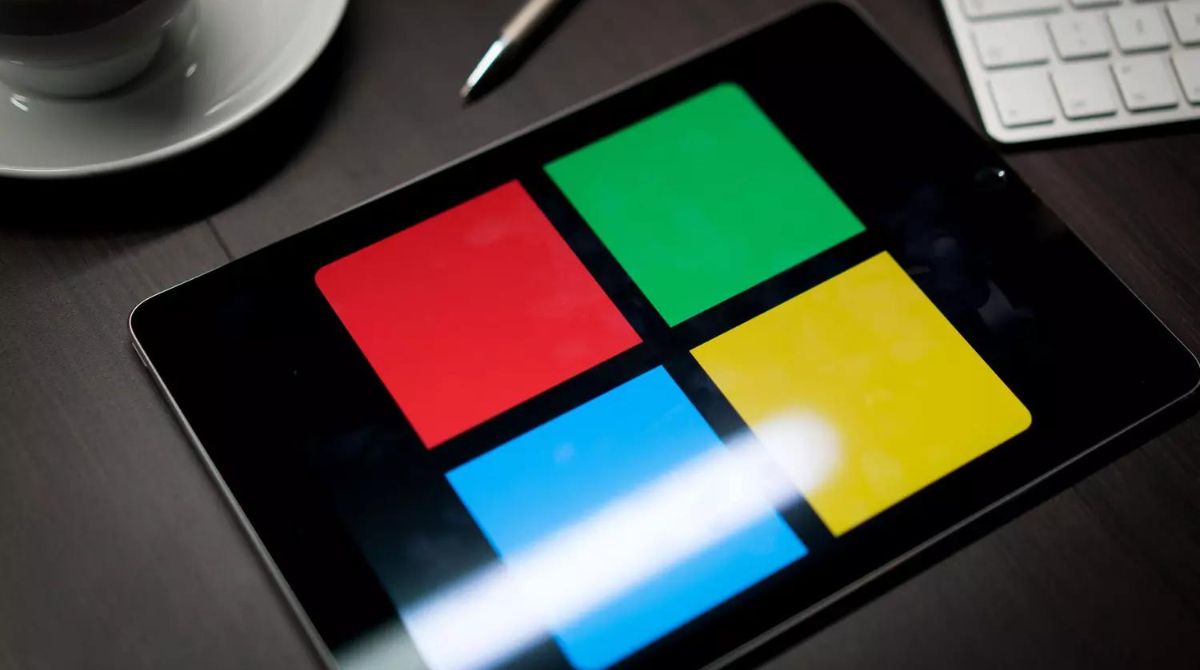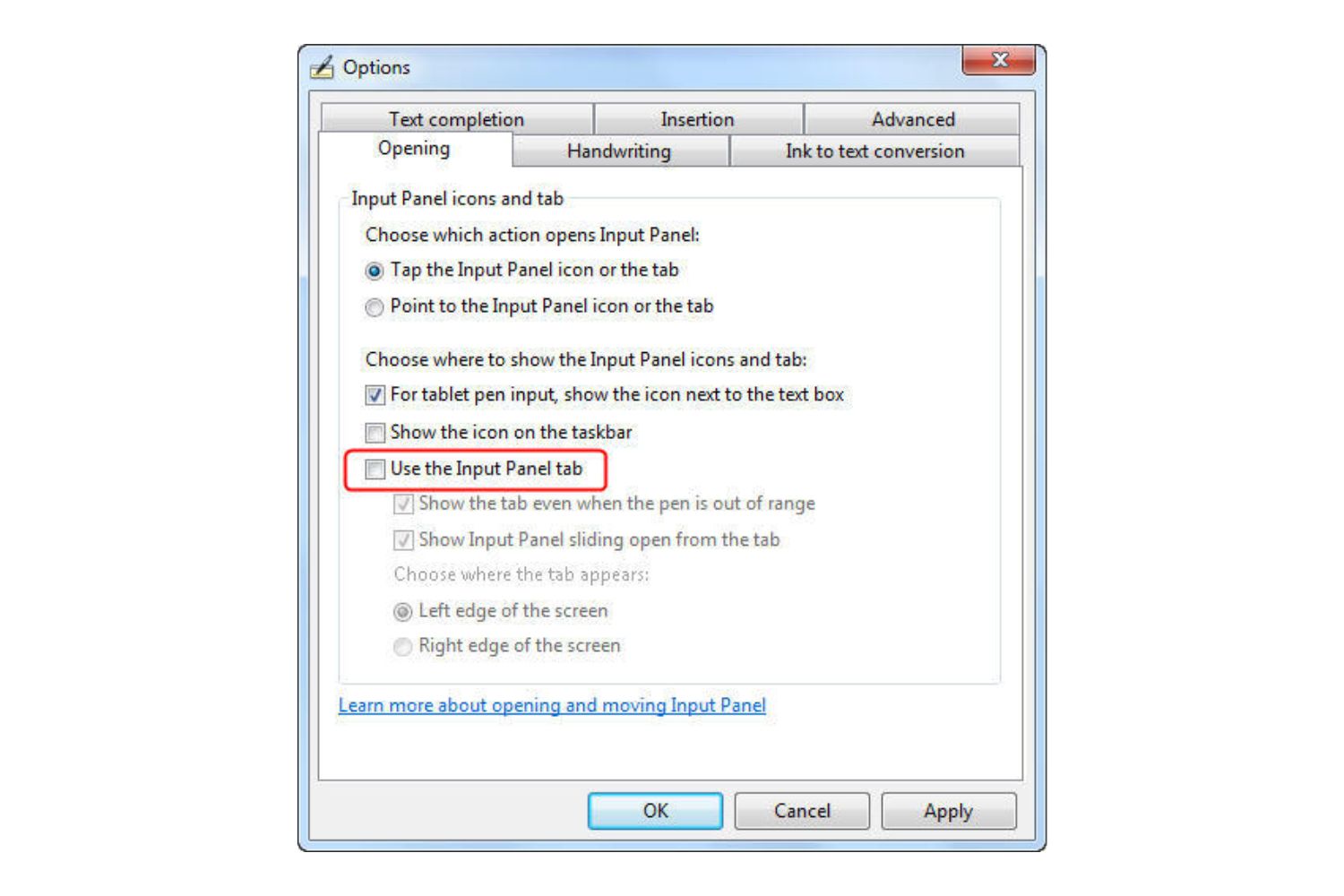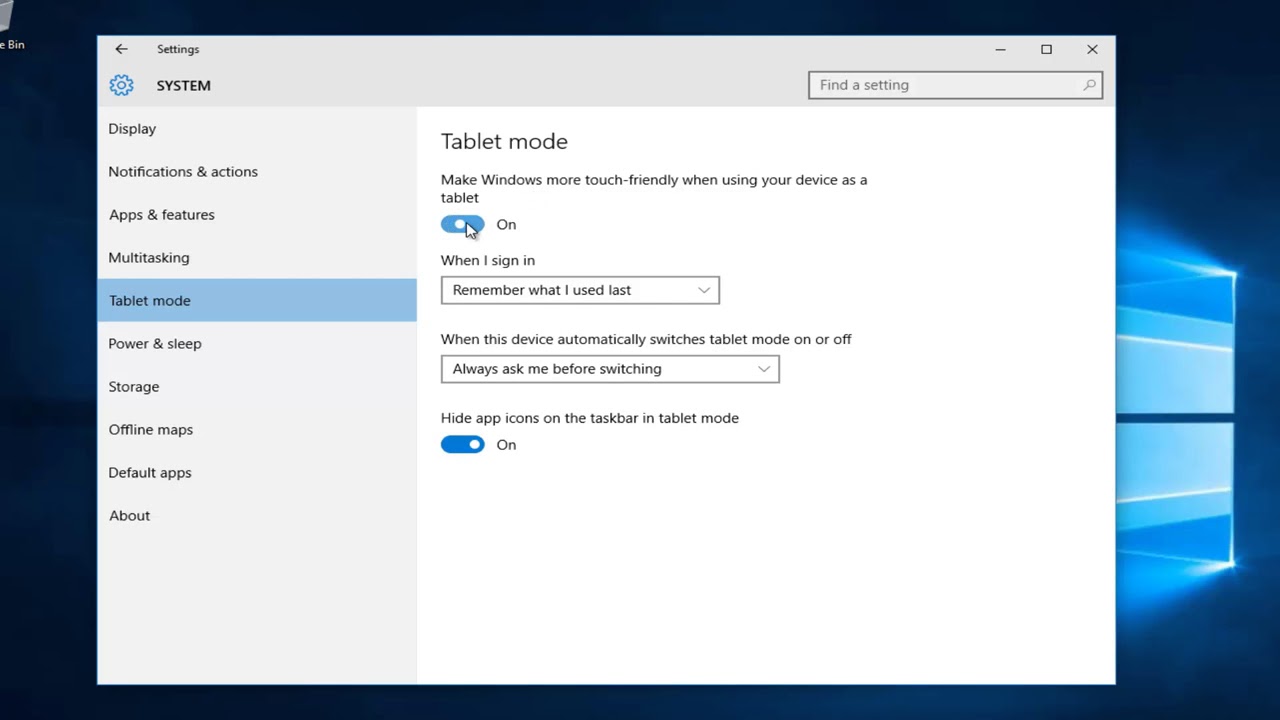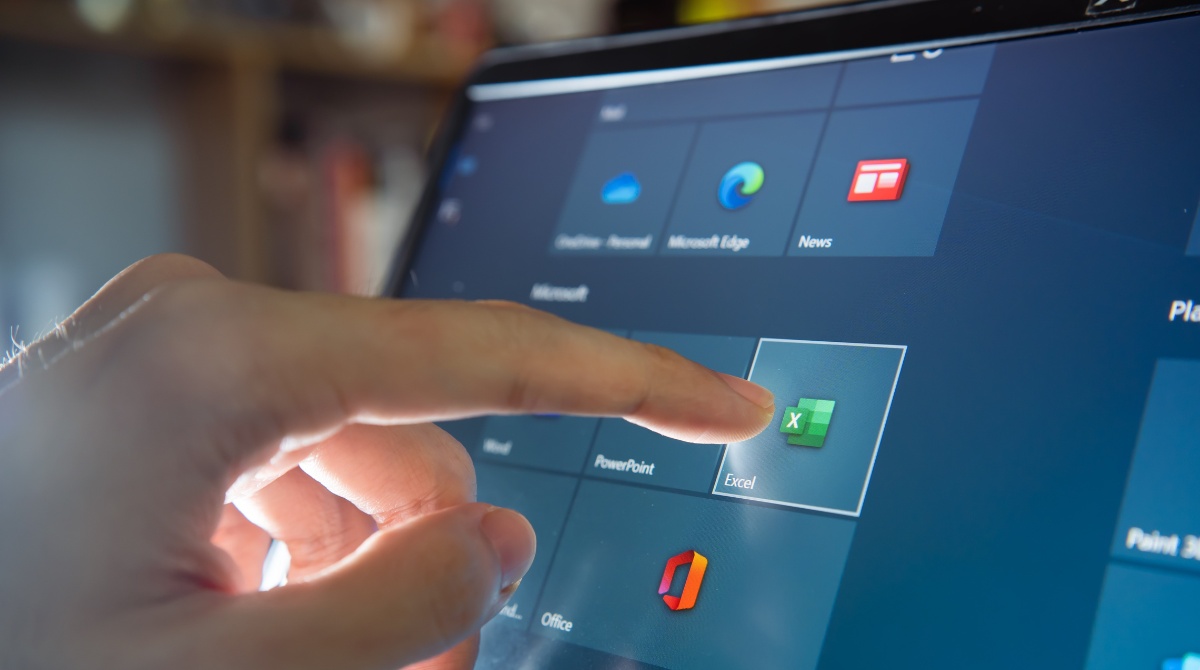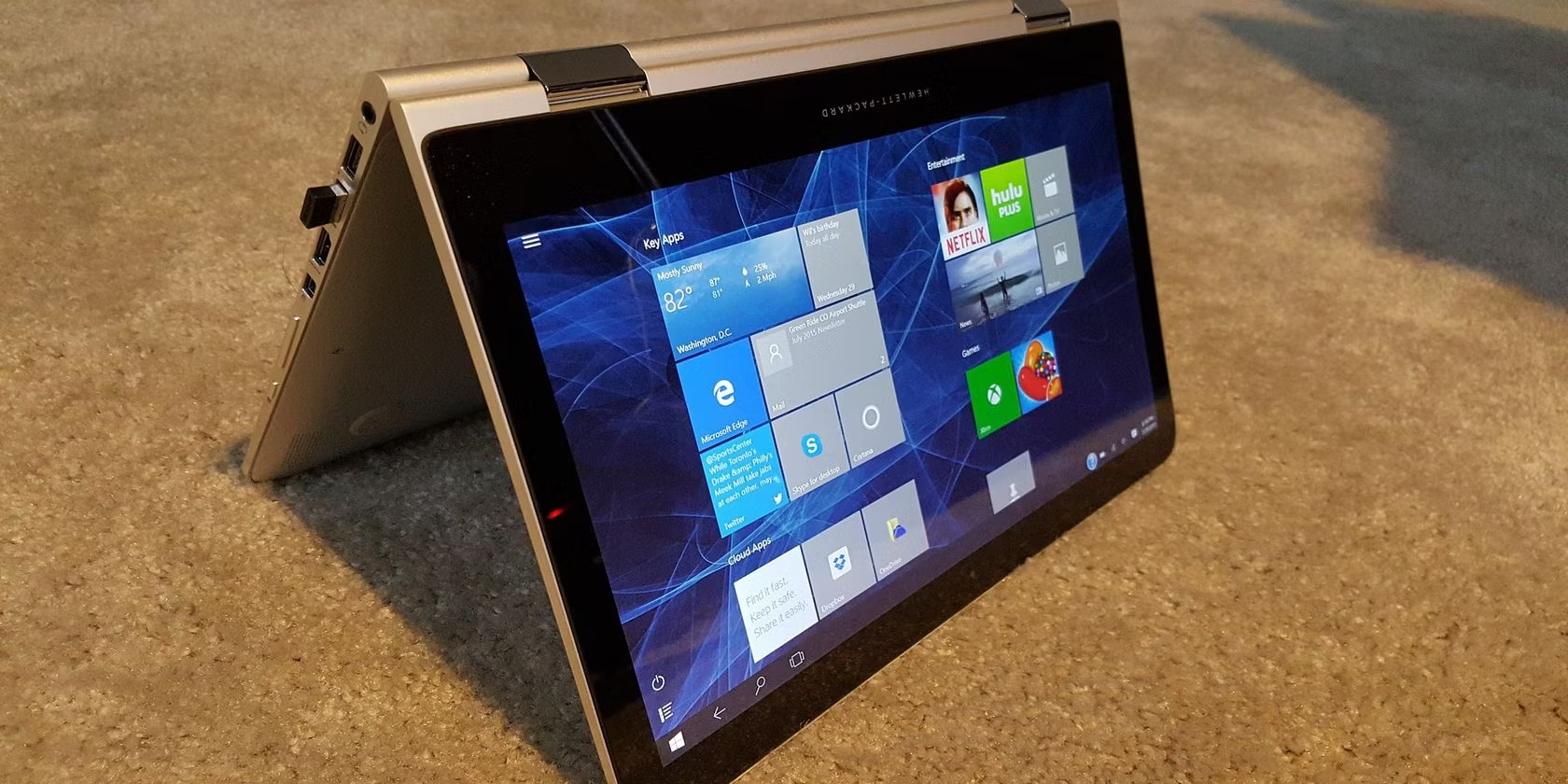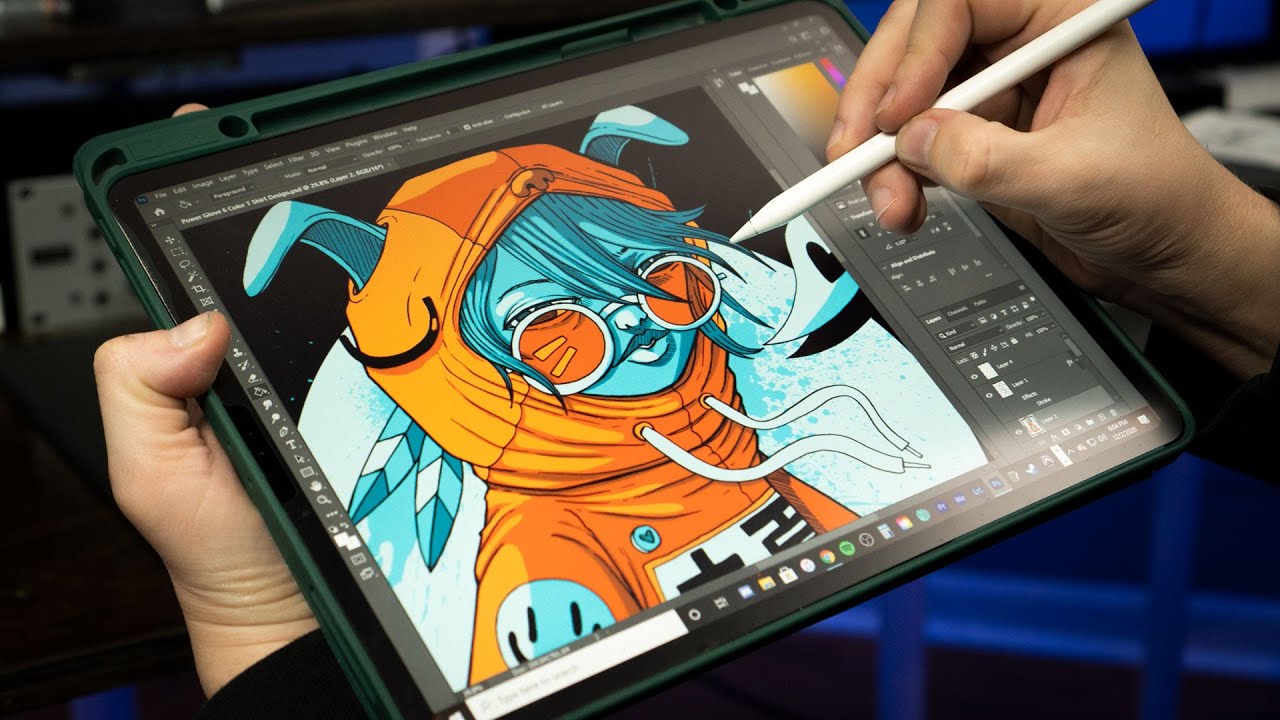Introduction
Welcome to this guide on how to disable tablet PC input. Tablets are becoming increasingly popular for their portability and versatility, allowing users to conveniently browse the internet, play games, and perform various tasks with just a touch of their fingers or a stylus. However, there may be instances when you want to disable the tablet input functionality on your device.
Disabling tablet PC input can be useful in situations where you predominantly use external peripherals like a keyboard and mouse, or when you want to prevent accidental taps or touches on the screen. Whether you’re a professional needing to focus on precise tasks or a parent wanting to restrict your child’s access, this guide will provide you with various methods to disable tablet PC input on your Windows device.
In the following sections, we’ll explore different options, including using the Device Manager, utilizing Windows settings, disabling through the Registry Editor, and employing third-party software. Each method offers its own benefits and may be more suitable depending on your specific needs and technical expertise.
By following this guide, you’ll gain the knowledge and tools to disable tablet PC input on your Windows device effectively. So, let’s get started and explore the different methods available to help you achieve the desired functionality!
Why Disable Tablet PC Input?
While tablet PC input can be incredibly useful for navigating touch-centric interfaces and taking advantage of the portability and flexibility of tablets, there are several reasons why you may want to disable this functionality:
- Improved Productivity: If you primarily use your tablet in a work environment and rely on a keyboard and mouse for efficient data entry or precise design work, disabling tablet input can prevent accidental touches or gestures that disrupt your workflow and productivity.
- Preventing Unwanted Input: Tablets are often used by multiple users, especially in shared spaces or households with children. Disabling tablet PC input can help prevent unintentional touches, taps, or gestures that could cause unintended actions, such as closing apps or deleting important files.
- Enhanced Accessibility: Some individuals with specific accessibility needs, such as those with motor disabilities or tremors, may find it difficult to navigate touch-based interfaces. By disabling tablet PC input and utilizing alternative input devices, such as a keyboard or mouse, users can enhance their ability to interact with their device comfortably.
- Customization and Control: Disabling tablet PC input gives you the control to customize your device’s input methods to suit your preferences. If you prefer using a stylus or a pen for precise drawing or note-taking, disabling touch input ensures that you can solely utilize those input methods without any interference.
- Extended Battery Life: Touchscreen interaction can be a significant drain on a tablet’s battery. Disabling tablet PC input when it’s not needed can help conserve battery life, allowing you to use your tablet for longer periods without the need for frequent charging.
By understanding the reasons why you may want to disable tablet PC input, you can determine the most appropriate method to achieve your desired outcome. The following sections will explore different options and techniques to help you disable tablet PC input on your Windows device and enjoy a more tailored and productive computing experience.
Option 1: Using the Device Manager
The Device Manager is a powerful tool in Windows that allows you to manage and control various hardware devices connected to your computer. By utilizing the Device Manager, you can disable tablet PC input with just a few simple steps:
- Open the Start menu and type “Device Manager” in the search bar. Select the Device Manager from the search results to open it.
- In the Device Manager window, locate and expand the “Human Interface Devices” category.
- Look for a device with a name that corresponds to your tablet input, such as “HID-compliant touch screen” or “Pen and touch input device.” Right-click on the device and choose the “Disable” option from the context menu.
- A warning prompt may appear, notifying you that disabling the device will stop it from functioning. Click “Yes” to confirm the action.
- The selected tablet PC input device will now be disabled, preventing any touch or stylus input from registering on your Windows device.
Note: Disabling the tablet PC input device through the Device Manager is a temporary solution. If you want the device to function again, you can follow the same steps and choose the “Enable” option instead.
Using the Device Manager to disable tablet PC input is a straightforward method that is accessible to all Windows users. However, it disables the specific device at a system level, affecting all users on the computer. If you want to disable tablet input on a per-user basis or have more control over the settings, consider exploring other options discussed in the following sections.
Option 2: Utilizing Windows Settings
Windows provides built-in settings that allow you to customize and control various aspects of your device, including tablet PC input. The following steps outline how to disable tablet PC input using Windows Settings:
- Open the Start menu and click on the “Settings” (gear icon) to open the Windows Settings.
- In the Settings window, click on the “Devices” category.
- From the left sidebar, select “Pen & Windows Ink” or “Touchpad & Touch” depending on your Windows version and device.
- Under the “Pen & Windows Ink” or “Touchpad & Touch” settings, you’ll find options related to tablet PC input.
- To disable touch input, toggle off the “Use your finger as an input device” or similar option.
- If you also want to disable stylus input, look for an option related to “Pen” or “Stylus” and toggle off the corresponding setting.
- The changes will take effect immediately, disabling tablet PC input on your Windows device.
Utilizing Windows Settings to disable tablet PC input offers a more user-friendly and intuitive approach compared to the Device Manager method. Additionally, it allows you to customize and control other input-related settings, such as palm rejection or gestures, if available.
Keep in mind that the specific settings and options may vary depending on your Windows version and device manufacturer. If you cannot find the exact options mentioned above, explore the settings related to touch, pen, or input devices to disable tablet PC input.
If you’re looking for more advanced control or per-user settings, continue reading to discover other methods to disable tablet PC input on your Windows device.
Option 3: Disabling through Registry Editor
The Registry Editor is a powerful tool in Windows that allows you to modify advanced system settings. By making changes to the Windows Registry, you can disable tablet PC input on your device. Here’s how:
- Open the Run dialog box by pressing the Windows key + R on your keyboard.
- Type “regedit” in the Run box and press Enter to open the Registry Editor.
- In the Registry Editor, navigate to the following location:
HKEY_LOCAL_MACHINE\SOFTWARE\Microsoft\Wisp\Touch(For some Windows versions, the path may be slightly different; make sure to find the equivalent location). - In the right pane, look for a DWORD value named
TouchGate. If it doesn’t exist, you’ll need to create it. - Right-click on an empty space in the right pane, select “New,” and choose “DWORD (32-bit) Value.”
- Name the new DWORD value as
TouchGate. - Double-click on the
TouchGatevalue and set its data to0to disable tablet PC input. - Close the Registry Editor.
After making these changes, tablet PC input should be disabled on your Windows device. If you want to enable it again, follow the same steps, and set the TouchGate value data to 1 or delete the TouchGate value.
Caution: Modifying the Windows Registry can have unintended consequences if not done correctly. It’s essential to be cautious and create a backup of your registry or create a system restore point before making any changes.
Using the Registry Editor to disable tablet PC input provides a more advanced and granular level of control. It allows you to configure system-wide settings for tablet input, affecting all users on the computer. However, keep in mind that these changes apply globally and may not offer per-user customization options.
If you prefer a more convenient and user-friendly method, continue reading to explore the fourth and final option: utilizing third-party software.
Option 4: Using Third-Party Software
If you’re looking for a more comprehensive and flexible solution to disable tablet PC input, utilizing third-party software can be a viable option. There are various software applications available that offer advanced control over input devices and allow you to disable tablet PC input. Here’s how you can proceed:
- Search for reputable third-party software that specializes in input device management or touch screen control.
- Download and install the software on your Windows device following the provided instructions.
- Launch the software and explore its settings and options. Look for features or options related to disabling tablet PC input.
- Customize the settings according to your preferences, such as disabling touch or stylus input, adjusting sensitivity, or enabling selective input device control.
- Save the changes or apply the settings, and the software will disable tablet PC input on your Windows device.
Third-party software offers more advanced features and customization options compared to the built-in Windows settings. You can have finer control over input devices, per-user configurations, gesture support, and more.
It’s crucial to select reliable and reputable software from trusted sources to ensure the security and stability of your system. Additionally, be aware that third-party software may come at a cost or offer limited functionality in their free versions. Consider evaluating multiple options and reading user reviews to find the software that best suits your requirements.
Remember to keep the software updated to benefit from the latest features, bug fixes, and security patches. If you experience any issues or decide to enable tablet PC input in the future, you can refer to the software’s documentation or support resources to guide you through the process.
Using third-party software can provide a comprehensive and user-friendly solution for disabling tablet PC input on your Windows device. It offers more flexibility and control over input devices, empowering you to customize your device to fit your needs perfectly.
Conclusion
Disabling tablet PC input on your Windows device can be advantageous in various scenarios, including improving productivity, preventing unwanted input, enhancing accessibility, achieving customization, and extending battery life. By utilizing the methods discussed in this guide, you can easily disable tablet PC input and tailor your device to suit your specific needs.
We explored four different options for disabling tablet PC input:
- Using the Device Manager provides a simple and temporary solution to disable the specific input device, affecting all users on the computer.
- Utilizing Windows Settings offers an intuitive and user-friendly approach to disable tablet input, with the ability to customize additional input-related settings.
- Disabling through the Registry Editor provides more advanced control at a system level, but caution and knowledge of the Windows Registry are required.
- Using third-party software offers a comprehensive and flexible solution with advanced features and customization options, including per-user configurations and gesture support.
Each method has its own benefits and considerations, so choose the one that aligns best with your preferences and requirements.
Remember to exercise caution when making changes to your system settings or modifying the Windows Registry. Creating backups and utilizing system restore points can help protect against any unintended consequences.
Now that you have a comprehensive understanding of different methods to disable tablet PC input, you can confidently customize your Windows device and optimize your computing experience according to your specific needs.
Whether you’re a professional seeking enhanced productivity or a parent wanting to restrict access, these methods empower you to take control of tablet PC input and tailor your device to your liking.







